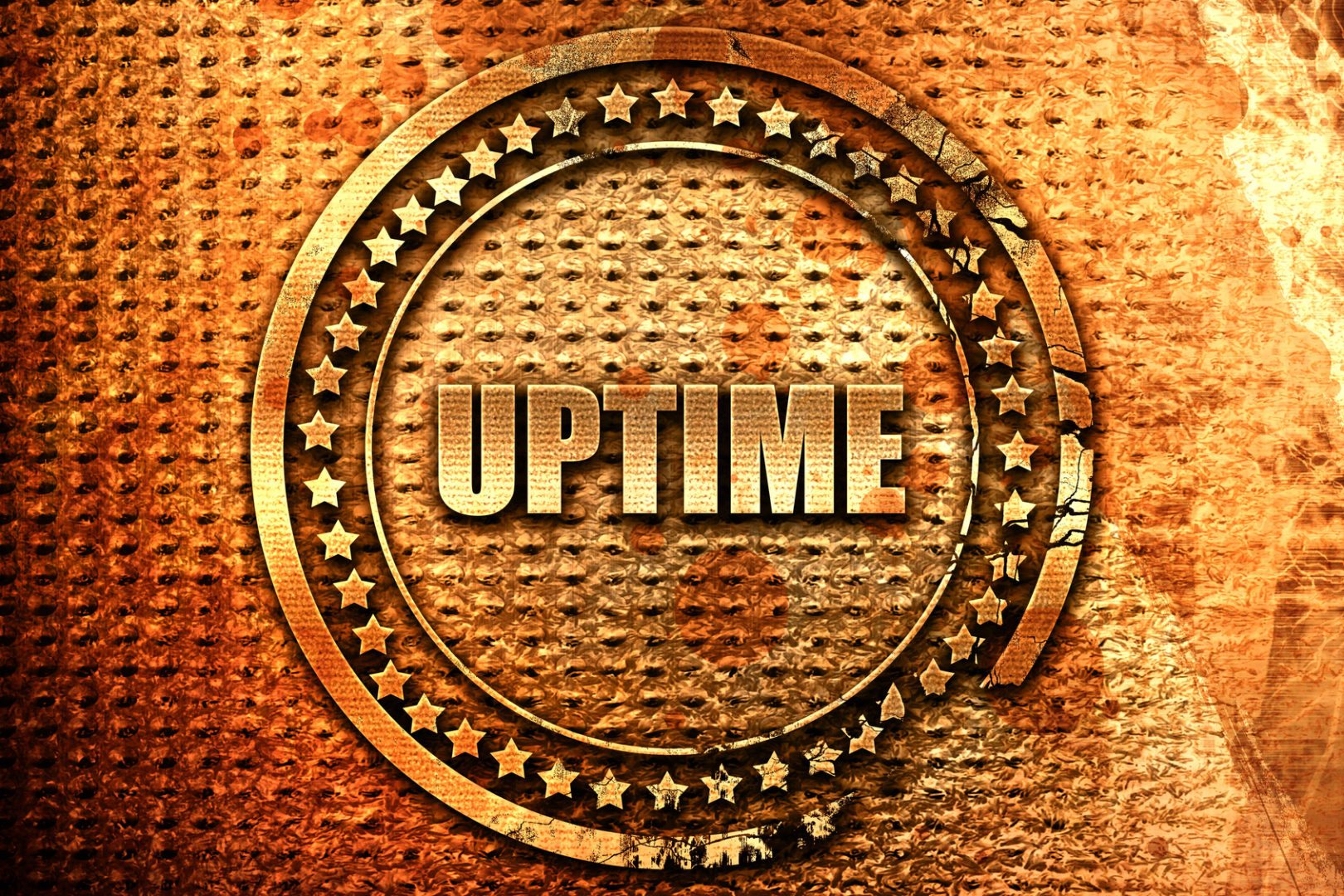
Maximizing server uptime can have a big impact on your SEO efforts.
If your website’s server goes down unexpectedly, and for long periods of time, you may need to make some changes. Uptime is one of the most important aspects of your overall site performance.
If your website doesn’t stay up consistently, Google will take notice.
Interested in learning more? This post will tell you everything you need to know about the benefits of maximizing server uptime.
What Is Server Uptime?
Server uptime refers to availability and accessibility of your website online.
When your website suffers from downtime, your website is inaccessible any visitors who come to your domain. When people visit your site, they won’t be able to see your content or pages. This can be a real problem.
Downtime occurs occasionally during system maintenance. However, unreliable web hosts may suffer from extended downtime. If your website is constantly down, you may not be using a reliable web host.
Maximizing your uptime is important. Plus, it can help you to avoid penalties from to search engines who try (and fail) to crawl your site.
Ways That Uptime Effects SEO
So, what are the ways that uptime and downtime effect SEO?
Here are some of the negative things that may happen if your site is consistently unreachable.
Web Crawlers Will Have Problems
Web crawlers from Google and other search engines send bots across the web to scout for new content. If you have a lot of website downtime? Well, when a crawler visits your site, they will be unable to take notice of any fresh content you’ve added.
Occasional downtime isn’t usually a problem. But if downtown happens too often, it may lead to Google penalizing your site.
Changes in Your Bounce Rate
Bounce rate refers to how much time a visitor spends on your site.
If visitors stay on your site for an extended amount of time or visit many pages after arriving, your site will have a low bounce rate. If visitors leave your site immediately after arriving, however, your bounce rate will be high.
Google judges your site by its bounce rate. Having a low bounce rate is ideal. It can help you appear to be more valuable in the eyes of search engines.
When your server is experiencing downtime, users will not be able to access our website content. As a result, your bounce rate will become higher. This will negatively impact your SEO.
Frustrated Visitors
While the bounce rate itself is an important metric for SEO, consistent downtime will also frustrate your visitors and customers. Over time, this can also lead to a negative impact on SEO.
Frustrated visitors will be less likely to engage with your business in the future. This is true both on your website and on your social media channels.
Over time, leaving many potential visitors frustrated will mean your business will have less engagement online. Less engagement usually leads to lower search engine rankings.
Problems With Speed
While not exactly caused by downtime, speed is another factor that can be diminished by using an unreliable host.
Constant downtime and a slow loading time for a website often go hand in hand. Speed has a definite effect on SEO. A website that is slow can be rated poorly by search engines.
Speed also has an effect on the factors mentioned above. A slow, sluggish site with plenty of downtime is a recipe for creating frustrated visitors. It also increases your website’s bounce rate.
Tips For Maximizing Uptime and Minimizing Damage
So, how can you maximize uptime?
There are several ways to improve your site while eliminating downtime. Below are a few of the main ways you can overcome these obstacles and maximize your website’s uptime.
Use a Reliable Host
Not all hosts are created equally. Some hosts will have faster, more reliable servers. Make sure to get an excellent hosting service for your site.
Some hosts promise 99.9% uptime, but often can’t deliver the goods. Cheaper hosts can’t always be trusted to give you the uptime you need.
Check out some online reviews to get the experiences of other users and find out which hosts are falling short.
You may also consider shopping around a while. Try different hosts for a certain period of time. Then, stick with the one that turns out to be the most reliable.
Monitor Your Site
Certain site monitoring services can help you keep track of any downtime that occurs. Using one of these services is an excellent idea.
A monitoring service can help you know exactly what is happening with your site at all times. A service can notify you when your site is down. Same goes if it isn’t performing as it should.
Once you know how your site is doing, you can then switch hosts as necessary. It may just be time to change web hosts to help maximize your uptime or improve your site speed.
Use Proper Header Codes For Downtime
When your site does happen to be down, using the right header codes can help to prevent Google and other search engines from giving you a penalty.
If your site is down for over a day, you should have the right heater installed to communicate with search engines. Google doesn’t want to send their users to a site that isn’t available.
You can lower damage caused by a long amount of downtime with a 503 header. A 503 header will let Google know that your site is simply experiencing some temporary downtime. It will also serve well to let customers know what is going on.
Final Thoughts
If you want to get the most out of your website, maximizing uptime is a must.
It’s important that visitors are able to access your website and have a great experience when interacting with your business online.
It’s crucial that you maximize your server uptime so that you can avoid Google penalties.
It takes some effort to pick the right host and keep track of your site’s performance. However, a little bit of homework and monitoring can go a long way.
Looking to learn more about how Midas Marketing can help you build your brand? Contact us today.



